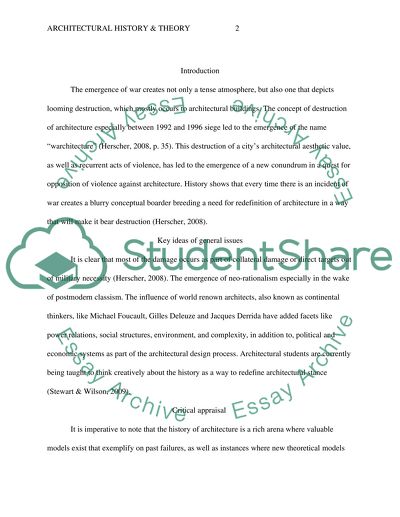Cite this document
(“Impact of Wars on Architecture and Design of New Buildings Essay”, n.d.)
Impact of Wars on Architecture and Design of New Buildings Essay. Retrieved from https://studentshare.org/architecture/1466362-impact-of-wars-on-architecture-and-design-of-new-buildings
Impact of Wars on Architecture and Design of New Buildings Essay. Retrieved from https://studentshare.org/architecture/1466362-impact-of-wars-on-architecture-and-design-of-new-buildings
(Impact of Wars on Architecture and Design of New Buildings Essay)
Impact of Wars on Architecture and Design of New Buildings Essay. https://studentshare.org/architecture/1466362-impact-of-wars-on-architecture-and-design-of-new-buildings.
Impact of Wars on Architecture and Design of New Buildings Essay. https://studentshare.org/architecture/1466362-impact-of-wars-on-architecture-and-design-of-new-buildings.
“Impact of Wars on Architecture and Design of New Buildings Essay”, n.d. https://studentshare.org/architecture/1466362-impact-of-wars-on-architecture-and-design-of-new-buildings.


